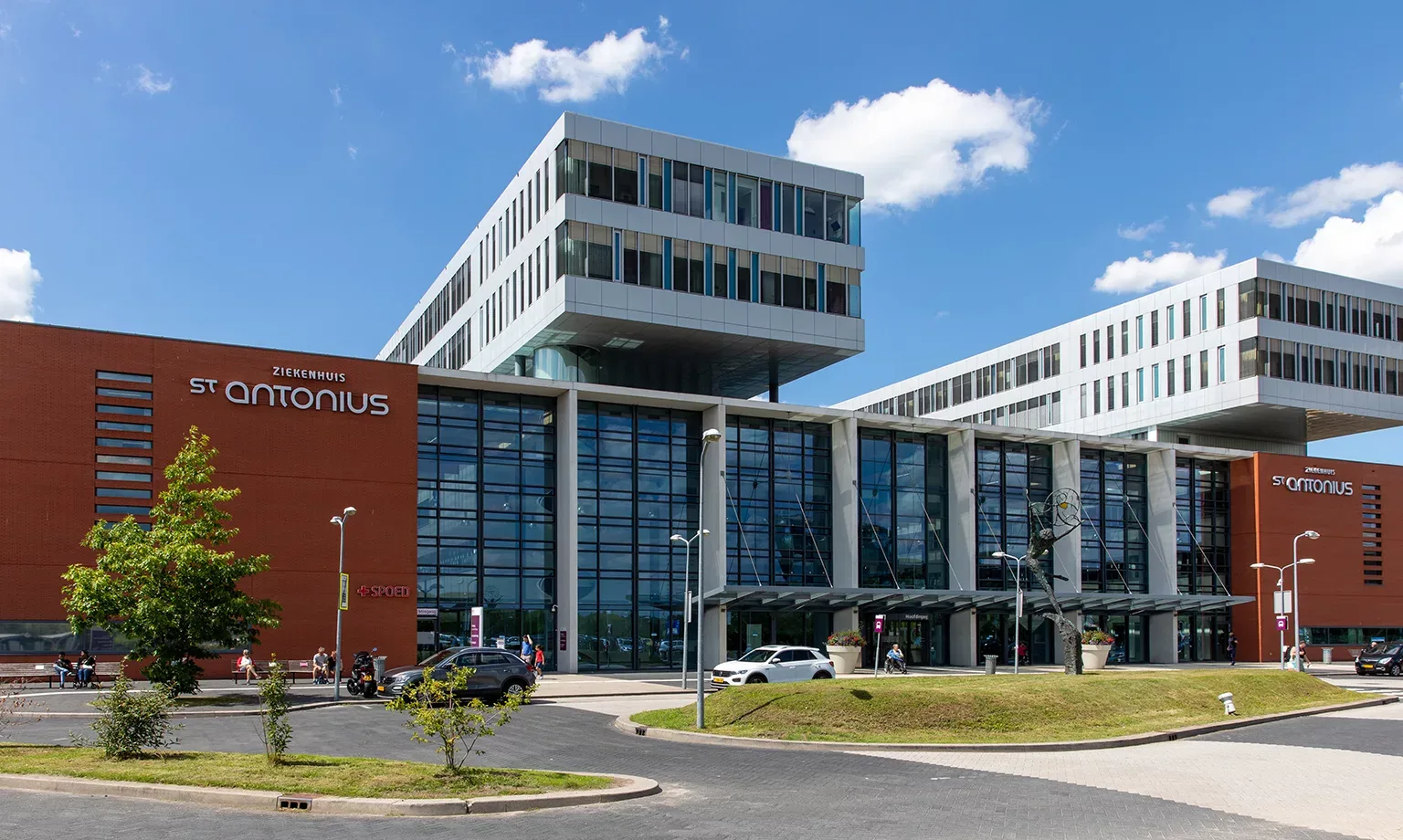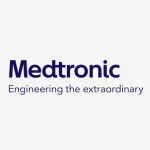Person-centred care, education, innovation, and research are top priorities for St. Antonius Hospital in the Netherlands to achieve quality of care. We speak to CEO, Luc Demoulin, about constantly innovating to meet the demands of the healthcare industry.
SETTING STANDARDS IN MEDICAL SPECIALTIES
Located in the middle of the Netherlands, St. Antonius Hospital (St. Antonius) strives daily to offer patients the best care, often in challenging circumstances.
“The Dutch population is both growing and greying at the same time. These two developments culminate in a steadily increasing demand for care,” introduces Luc Demoulin, CEO of St. Antonius.
Together with the rising costs of sophisticated new diagnostic procedures and treatments, energy, and personnel, St. Antonius faces the challenge of providing a high level of care without breaking the budget. Beyond St. Antonius, all hospitals in the Netherlands face a shortage of healthcare professionals.
“Our hospital is no exception to the shortage, but our doctors and nurses persistently find new ways to see more patients with the same number of caretakers. We have different ongoing experiments to find out what works, and if it works, we share the results with our partners,” divulges Demoulin.
As a leading teaching hospital and part of Santeon, a partnership of seven teaching hospitals across the Netherlands, of which St. Antonius is one of the founding fathers, education and research are naturally a part of its DNA.
“Both are essential to constantly improve our care, according to the latest medical and scientific standards.
“Furthermore, without structural external funding, we run many scientific and applied research projects via large-scale subsidies and the St. Antonius Research Fund, mainly powered by patients who make donations out of gratitude,” Demoulin explains.
With locations in Utrecht, Nieuwegein, and Woerden, hospital services include all medical specialities, focusing on heart, vascular, lung, and cancer treatments. St. Antonius has become a healthcare leader known for combining innovation, drive, and person-centred care.
“At the same time, we believe that cooperation is key to achieving the best medical care for people. Therefore, we work closely with other hospitals and care partners in the region,” adds Demoulin.
“Our hospital is no exception to the shortage in healthcare professionals, but our doctors and nurses persistently find new ways to see more patients with the same number of caretakers. We have different ongoing experiments to find out what works, and if it works, we share the results with our partners”
Luc Demoulin, CEO, St. Antonius Hospital
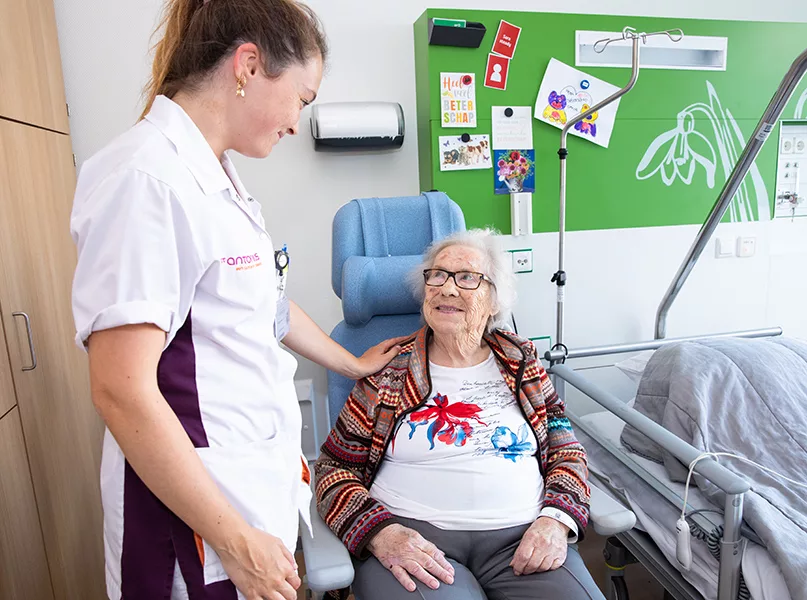
QUALITY OF LIFE
St. Antonius’ mission is “ensuring quality of life together”, which it is able to achieve by investing in education, research, and the development of its employees, therefore contributing to excellent healthcare practices.
“We make quality of care measurable and offer patients insight into the outcomes that matter to them. We use these results to continuously improve our care. Value-based healthcare (VBHC) is our guiding principle. With patient participation and shared decision-making runs throughout our hospital to achieve the best quality of life,” states Demoulin.
Working as a team based on the personal needs of the patient is essential for the staff at St. Antonius.
“We consider it our mission to act based on recent and innovative findings. We add to this by conducting our own research.”
The team at St. Antonius wants patients and their loved ones to feel heard and helped when visiting the hospital, where passionate professionals provide care with attention, love, and respect.
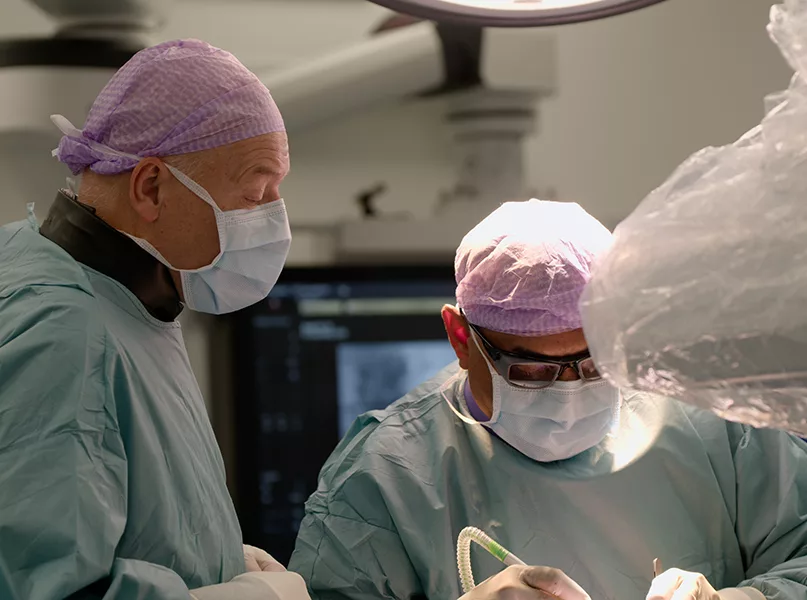
Person-centred care means organising all aspects, from intake, several kinds of examination, and treatment, through to aftercare, all in close cooperation with the different medical specialists involved.
The holistic approach of VBHC helps improve healthcare services, the patient experience, and overall well-being.
“The patient’s personal situation, needs, health goals, and shared decision-making is crucial. We provide them and their families with all the relevant information at the right time and stimulate our medical specialists to speak with them about the best choice.
“We believe our specialists know best about treatments, but our patients are the experts about what fits them personally,” Demoulin points out.
“VBHC is our guiding principle. patient participation and shared decision-making runs throughout our hospital to achieve the best quality of life”
Luc Demoulin, CEO, St. Antonius Hospital
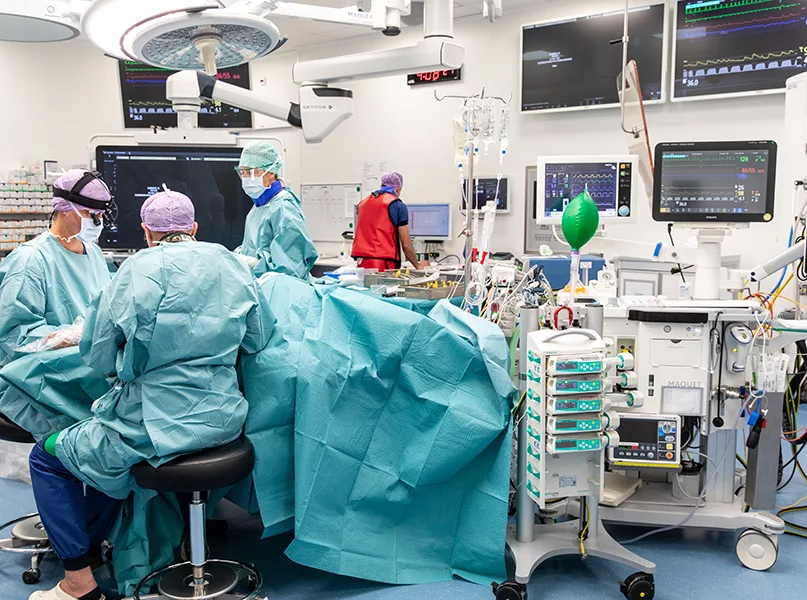
DIGITAL DILIGENCE
Looking toward the future, St. Antonius believes that digital development is essential, not only in administration, where it tries to minimise paperwork, but also in care and treatment.
Demographic and financial pressure drive innovation at unprecedented speed, and Demoulin finds the ongoing transformation in healthcare fascinating.
“It is a unique era with great challenges and many new opportunities. The demand for care is increasing, but the supply more or less remains the same,” he adds.
With a shortage of funds and employees in the healthcare industry, adaptations must be made to keep treatments accessible, affordable, and of good quality. Options to achieve this include labour-saving technologies, such as digitisation and home monitoring.
“During the COVID-19 pandemic, we began to monitor patients who were stable enough at home. They had an app to measure their data, and if their health worsened, signals would go off, and there would be contact between an e-nurse and the patient to find the right approach to proceed,” Demoulin informs us.
Currently, the home monitoring principle has expanded in Santeon, where St. Antonius cooperates with six other top clinical hospitals in the Netherlands. The aim is to achieve a nationwide network, making it accessible to all patients and caregivers.
Digitising care and treatment has multi-faceted benefits, as the patients feel more comfortable being in their own homes whilst a high level of vigilance is maintained, and it creates room in the hospital for patients with more severe complaints.
“This experience has encouraged us to continue this principle in our regular care and treatments. Most patients are appreciative as it saves them time and money from hospital visits. Our specialists can monitor them on a more frequent basis; this makes more adequate interventions possible,” Demoulin notes.
Another example of an innovative way to reduce workload while increasing the quality of healthcare is the deployment of automated blood-drawing devices. The first devices of supplier Vitestro, which should be operational in 2025, will relieve the workload of the phlebotomists and deliver samples with significantly more consistency.
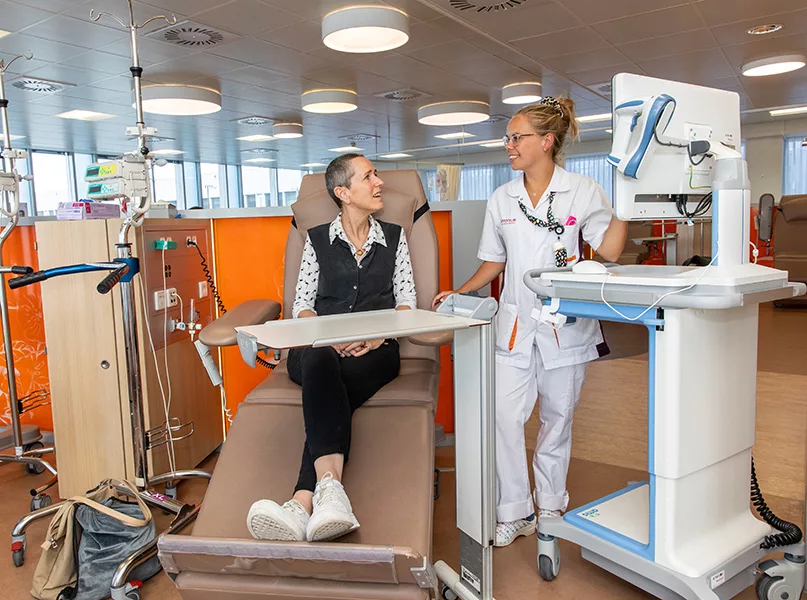
CENTRED ON INNOVATION
In 1938, the first lung surgery occurred at St. Antonius; fast forward to 1990, and the first double lung transplant in the Netherlands was performed there.
Today, the St. Antonius Lung Centre is one of the most crucial of its kind in the world. The hospital invests heavily in research and constantly seeks new treatment methods and technologies. Indeed, lung disease is the focal point of the hospital.
“This is often the last resort for patients suffering from interstitial lung diseases (ILDs) such as pulmonary fibrosis, sarcoidosis, hypersensitivity pneumonitis, and other rare and ultra-rare ILDs.”
St. Antonius hosts a world-renowned Centre of Excellence for ILDs, including a biobank containing over 10,000 deep-frozen samples of patient material. It is the most extensive collection on the planet, including a wealth of data explored by over 200 collaborations across the globe.
As well as the lung centre, St. Antonius has one of the most innovative heart centres in the Netherlands, which will treat almost any type of cardiopathy heart disease. The first closed-heart surgery took place there in 1948, with the first open-heart surgery following in 1959.
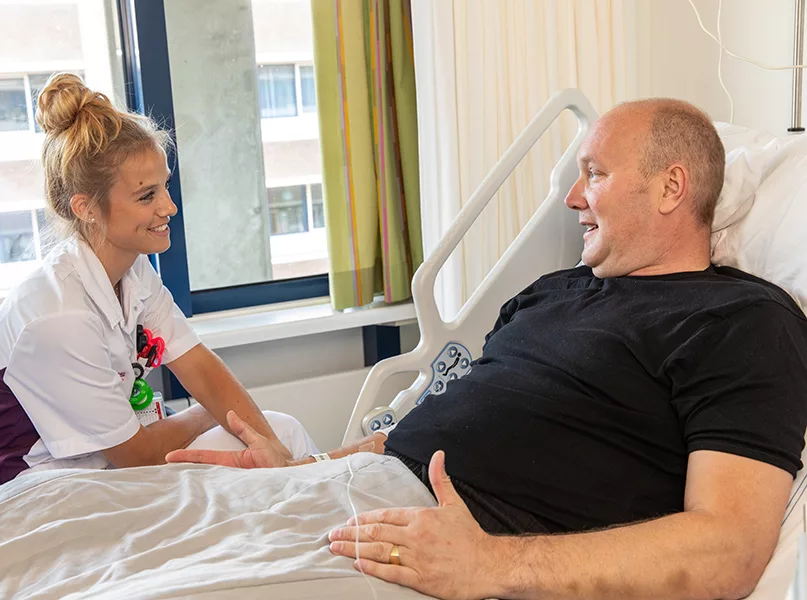
“In 2014, we placed the first wireless pacemaker,” Demoulin adds. “We have a long-lasting partnership with Medtronic, a supplier of electronic medical devices. Last year, Medtronic partnered with St. Antonius and our cardiologist Lucas Boersma for the global launch of its Aurora extravascular implantable cardioverter defibrillator (ICD).”
This latest generation of ICDs needs no transvenous electrodes to provide therapy, which minimises the risk of common complications of ICDs. It combines this safety with the ability to terminate ventricular arrhythmias by anti-tachycardia pacing (ATP) or a shock if needed.
Equally important is the St. Antonius Cancer Centre, one of the largest in the Netherlands.
“Each year, we investigate, treat, and operate on more than 3,000 new cancer patients. Therefore, we have accumulated a lot of knowledge about all aspects of cancer.
“As an example where innovation and sustainability go hand in hand, we no longer use radioactive contrast agents to find the sentinel nodes in breast cancer patients – the first hospital in the Netherlands to do so. We now use a green, fluorescent liquid, which a study in our hospital has made clear is effective and reliable without the negative consequences for the patient and environment,” Demoulin concludes proudly.



